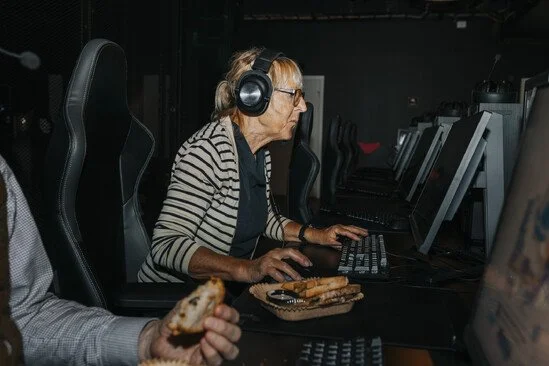The All England Club has cleared a major legal hurdle in its controversial plan to expand the Wimbledon tennis site - a decision that could reshape not only the famous tournament but also how brands, developers and planners approach protected land in urban areas. Following a High Court ruling, 38 new courts and an 8,000-seat stadium will now be built on the former Wimbledon Park Golf Club site.
As campaigners vow to continue legal opposition, this moment offers more than a property development story. It raises deeper questions about the balance between legacy, access, commercial ambition and environmental responsibility - all of which brand strategists should be watching closely.
📊 Supporting Stats
The £200 million expansion will nearly triple the site’s size, from 42 to 115 acres (source: All England Club).
27 acres of new public parkland will be created on land that was previously private (source: AELTC).
75% of Londoners believe green space is “very important” to their mental wellbeing, according to the Greater London Authority (GLA).
Nearly 1,000 formal objections were submitted to Merton Council during public consultations on the proposal (source: BBC).
✅ Pros - What’s Working?
Public Access & Community Benefit
The All England Club has pledged to open up 27 acres of new parkland for public use - a rare increase in green access in a city where open space is at a premium.
Major Event Legacy
Creating a permanent home for Wimbledon’s qualifying rounds consolidates the tournament on one campus and strengthens its global prestige.
Boost to Local Economy & Cultural Infrastructure
An expanded site means longer visitor stays, more job creation and additional year-round use of the space. It supports London’s position as a premier destination for global sports events.
⚠️ Cons - What Are the Limitations?
Heritage and Environmental Concerns
Wimbledon Park is a Grade II*-listed landscape originally designed by Capability Brown. Campaigners argue the development risks irreversible harm to a rare piece of urban heritage.
Precedent for Protected Land
Critics warn that if this ruling stands, it may weaken protections for other greenbelt and community-owned spaces, encouraging more commercial encroachment.
Divided Public Opinion
Despite the promises of new parkland, many locals and environmental groups feel the trade-off isn’t worth the loss of heritage and tranquillity.
🌱 Opportunities - What Should Brands Watch?
Designing with Legacy in Mind
There’s an opportunity for the All England Club to set a gold standard in landscape-sensitive design - creating a masterclass in blending sport, culture and conservation.
Public Access as a Brand Asset
Offering genuinely inclusive public space is no longer a nice-to-have. It’s a reputational cornerstone. Brands can learn from how access, visibility and shared value will be framed here.
New Sponsorship & Experience Ecosystems
The expansion opens up new possibilities for brand activations, community engagement and year-round cultural programming tied to the Wimbledon brand.
🧱 Challenges - What Barriers Remain?
Ongoing Legal Risks
A separate High Court case in January 2026 will determine whether a statutory trust over the land legally blocks the development. Until then, uncertainty remains.
Community Trust & Transparency
Brands involved must tread carefully. The tension between local campaigners and large institutions like the GLA or AELTC reveals a trust gap that can’t be ignored.
Environmental Performance Scrutiny
As the climate agenda sharpens, the project’s environmental credentials - from biodiversity to building impact - will come under intense scrutiny.
📝 Key Takeouts
Wimbledon’s expansion has passed a major planning hurdle but faces continued legal challenge.
The scheme offers a rare case study in turning a private site into public-facing green space.
Heritage and environmental concerns highlight growing tensions between development and protection.
The ruling may shape how public land use is interpreted in future cultural and commercial projects.


















